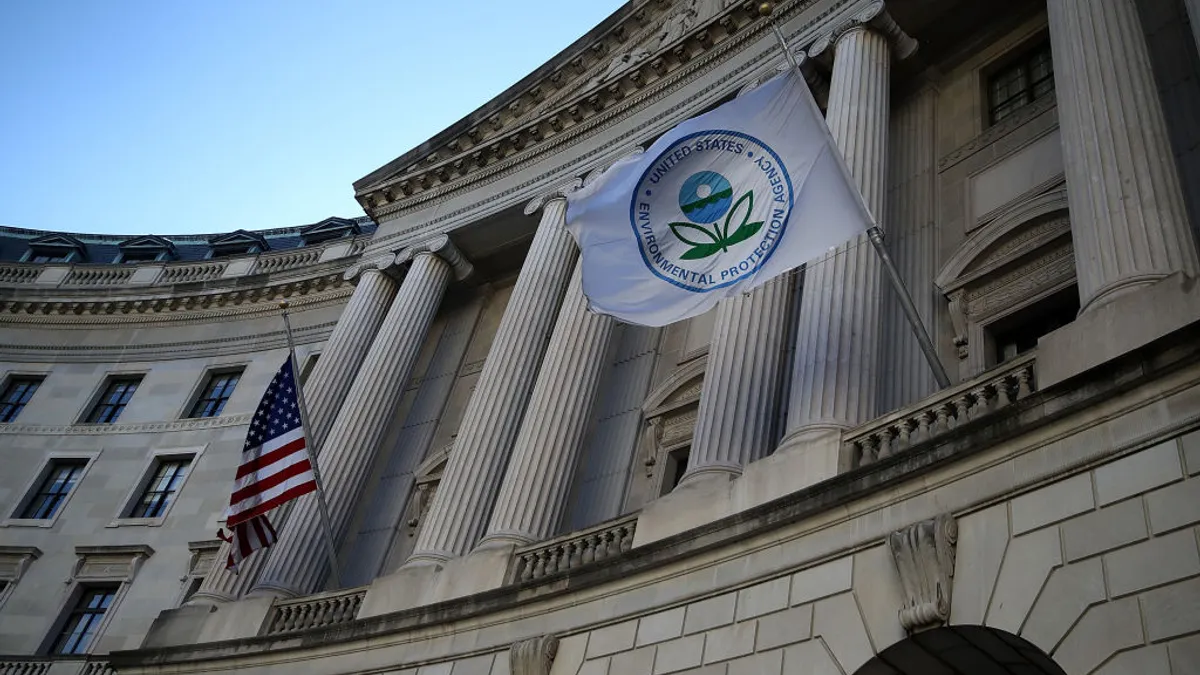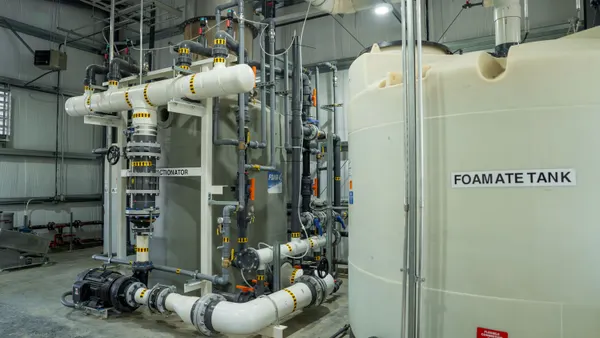When I set out to address Oregon’s climate emissions through executive order in 2020, one greenhouse gas in particular hung like an albatross around our necks: methane.
This potent gas has about 80 times the planet warming potential of carbon dioxide in its first 20 years, supercharging the climate crisis. In 2017, six of the 25 largest stationary sources of emissions in Oregon were landfills, and landfills made up the largest share of process emissions in the state. So we took immediate action and adopted common sense strategies to curb these emissions. Now, three years later, it’s time for federal regulators at the U.S. EPA to follow our lead and put curbing methane from landfills on the agenda at COP28.
Landfills — often located in low-income communities or communities impacted by structural racism — not only accelerate the destruction of our planet, but can expose nearby residents to toxic air pollution and seep health-harming leachate into nearby water sources. Further, recent studies show that landfills are also major contributors to the climate crisis when under-monitored and under-regulated. In Oregon, landfills emit the carbon dioxide equivalent of half a million passenger cars driven for a year.
The good news is that the climate and health impact of landfills can be managed with simple fixes, like better covers on landfills and comprehensive monitoring for leaks.
Since 2021, Oregon’s regulators have implemented common sense standards and approaches to better control methane leaks from landfills. This includes requiring landfills that meet waste-in-place thresholds to calculate their methane generation and install gas capture systems if they produce a significant amount of methane gas.
As a result, landfill managers must install landfill gas collection and control systems on a larger portion of the site, resulting in less methane escaping into the atmosphere. In addition, Oregon landfill operators are required to use tighter surface emission monitoring than the national EPA standard, shrinking the typical survey area for leak detection from the length of a basketball court to a two-car garage, helping regulators to catch more leaks.
Oregon is at the forefront with other leading states like California and Maryland that have moved ahead of the EPA, but it’s not enough for states to act on their own. The EPA now has the opportunity to take up leading states’ work as models for national regulation. We’re proving it’s achievable and helps us meet our climate commitments.
When it comes to methane emissions from landfills, the technology is well-understood, the emissions reductions are clear and states have shown proof of concept. At the upcoming COP 28 in Dubai, countries will set forth plans to avert the worst impacts of catastrophic climate change. Addressing landfill methane emissions is the lowest-hanging fruit that can make an immediate impact on our climate and our communities. The U.S. must put landfill methane on our COP28 agenda and follow through on those commitments by opening a new rulemaking process at the EPA.
But the power to protect communities from the climate-warming emissions and toxic air pollution from landfills doesn’t just lie with federal regulators. In addition to action from the EPA, other states can follow Oregon’s lead to strengthen landfill methane monitoring and pollution controls.
The effects of climate change, from wildfires to unbreathable air, from flash floods to hurricanes, are increasingly and unavoidably apparent in the day-to-day lives of Americans. Climate change is no longer a fear for the future, but a reality of our present. The choices we make today will determine the safety and health of future generations. Taking action on landfill methane is an easy choice. As the agency charged with the responsibility of protecting our environment, it’s time for the EPA to follow Oregon’s lead and act more boldly on landfills.
Contributed pieces do not reflect an editorial position by Waste Dive.










